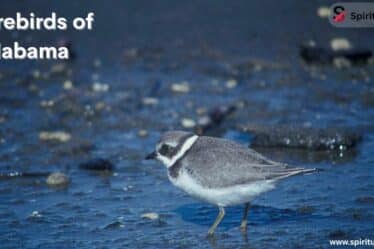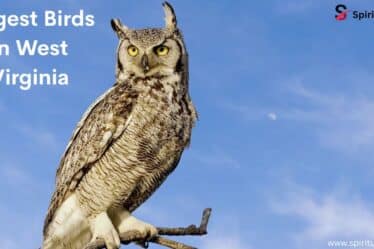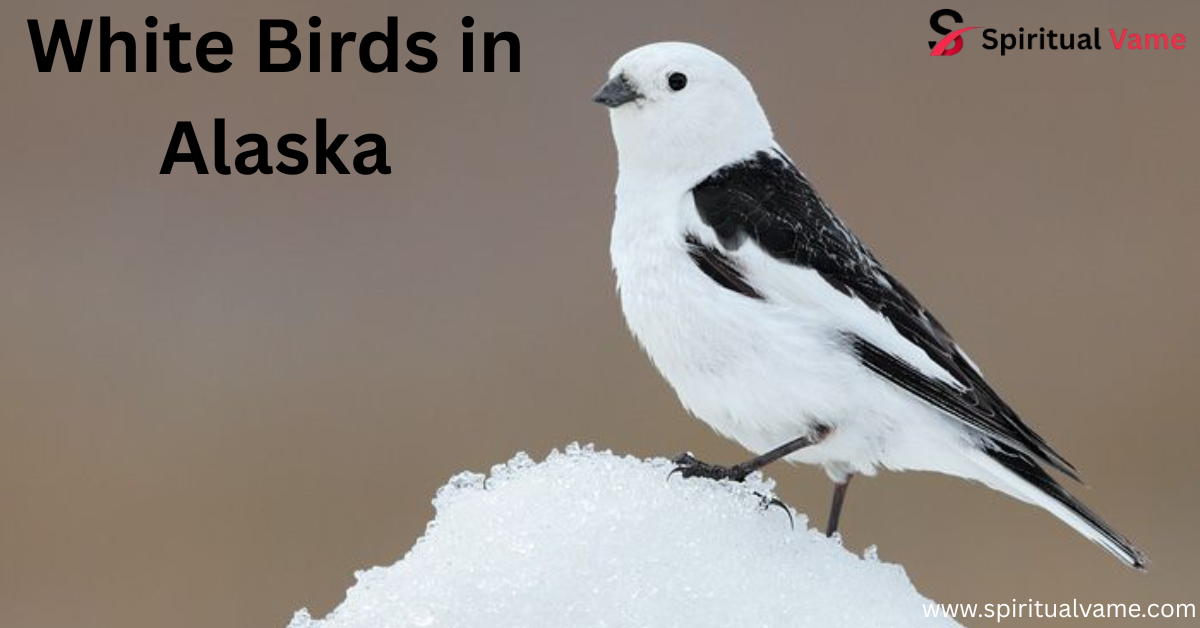
Alaska is home to many beautiful birds, but white birds in Alaska are truly special. These birds stand out against the snowy landscapes. Some have white feathers all year, while others turn white in winter. You can find white birds in Alaska in the tundra, wetlands, and even cities like Anchorage. They are part of what makes Alaska’s wildlife so unique.
From the large Trumpeter Swan to the small Snow Bunting, white birds in Alaska come in many shapes and sizes. Birdwatchers love spotting them during all seasons. If you’re lucky, you might even see rare ones like the Ivory Gull or a white Gyrfalcon. Watching white birds in Alaska is always exciting.
White Birds In Alaska
Alaska’s vast and varied landscapes, from its icy tundras to its coastal wetlands, serve as a sanctuary for a diverse array of white bird species. These birds have evolved to thrive in the state’s unique environments, often using their white plumage as camouflage against the snow-covered terrain. Among the most iconic is the Willow Ptarmigan, Alaska’s state bird, known for its seasonal plumage changes that help it blend seamlessly into its surroundings. Similarly, the Rock Ptarmigan and White-tailed Ptarmigan exhibit remarkable adaptations, turning white in winter to evade predators.
The Trumpeter Swan, North America’s largest waterfowl, graces Alaska’s lakes and wetlands with its impressive wingspan and resonant calls. In contrast, the Tundra Swan and Snow Goose undertake long migratory journeys, often seen in large flocks during seasonal transitions. The elusive Ivory Gull, a true Arctic specialist, is a rare sight, often associated with pack ice regions. Predatory birds like the Gyrfalcon (white morph) showcase the fierce side of Alaska’s avian life, hunting across the tundra with unmatched prowess. These species, among others, highlight the rich tapestry of white birds that call Alaska home.
List of 19 White Birds In Alaska
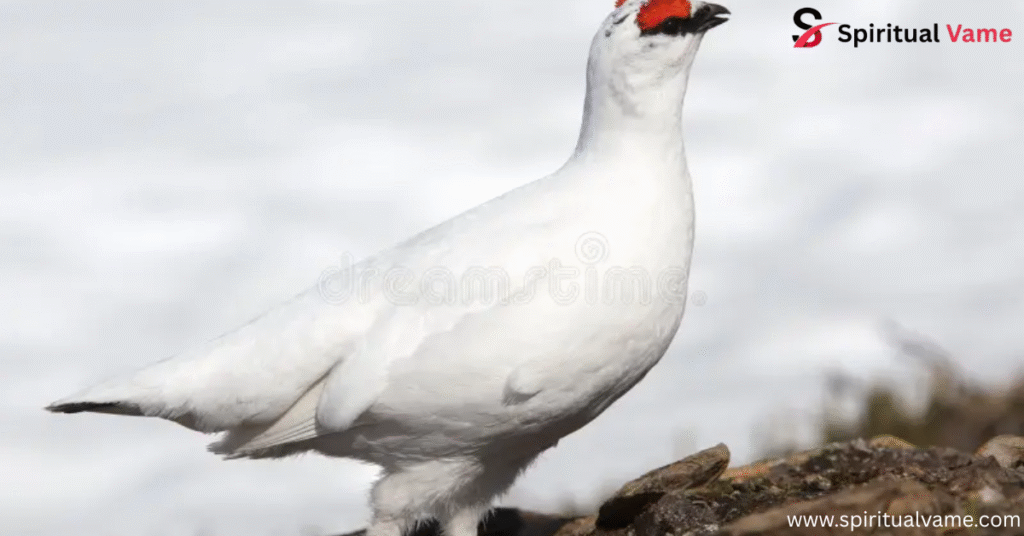
1. Tundra Swan
The Tundra Swan is a majestic bird, easily recognized by its pure white feathers and black bill. Measuring up to 58 inches in length with a wingspan of 77 inches, these swans breed in Alaska’s tundra and wetlands, migrating to warmer regions during winter. Their presence is a testament to the state’s rich biodiversity.
2. Snow Goose
The Snow Goose is known for its bright white body contrasted by black wingtips. Approximately 33 inches long with a 65-inch wingspan, they travel in large flocks, creating a spectacular sight during migration seasons. Their adaptability allows them to thrive in various habitats across Alaska.
3. Trumpeter Swan
The Trumpeter Swan stands out as North America’s largest swan, reaching lengths of up to 65 inches and boasting a wingspan of 90 inches. Their all-white plumage and distinctive black bill make them a symbol of grace in Alaska’s wetlands. Their deep, trumpet-like calls resonate across the landscape, adding to their majestic presence.
4. Glaucous Gull
The Glaucous Gull is a large seabird with white plumage and pale gray wings. Measuring up to 31 inches in length with a 65-inch wingspan, these gulls are commonly found along Alaska’s coasts, often seen scavenging near human settlements and natural habitats alike.
5. Ivory Gull
The Ivory Gull is a rare Arctic bird, characterized by its pure white feathers, small black bill, and black legs. With a length of up to 18 inches and a wingspan of 47 inches, they are often associated with pack ice regions, feeding near polar bears and seals. Their presence in Alaska is a special treat for avid birdwatchers.
6. Gyrfalcon (White Morph)
The Gyrfalcon, particularly the white morph, is a formidable predator in Alaska’s tundra. Measuring up to 25 inches in length with a 63-inch wingspan, these falcons are known for their powerful build and hunting prowess, often preying on ptarmigans and other birds.
7. Willow Ptarmigan (Winter Plumage)
The Willow Ptarmigan, Alaska’s state bird, undergoes a remarkable transformation in winter, turning its plumage white to blend with the snowy environment. Approximately 17 inches long with a 26-inch wingspan, they are commonly found in the state’s tundra regions, showcasing nature’s adaptability.
8. Rock Ptarmigan (Winter Plumage)
Similar to its cousin, the Rock Ptarmigan adopts a white plumage during winter. Smaller in size, measuring about 15 inches in length with a 24-inch wingspan, they inhabit higher elevations and rocky terrains, relying on their camouflage for survival.
9. Ross’s Goose
The Ross’s Goose is a compact white goose, distinguished by its stubby bill. Measuring around 24 inches in length with a 53-inch wingspan, they are often seen in flocks during migration, adding to the dynamic avian life in Alaska.alaskahandbook.com
10. Northern Fulmar (White Morph)
The Northern Fulmar, in its white morph, resembles a gull but is more closely related to petrels. With a length of about 19 inches and a wingspan of 40 inches, they are pelagic birds, spending most of their lives at sea and nesting on cliffs along Alaska’s coastline.
11. Pacific Golden Plover
The Pacific Golden Plover is a medium-sized shorebird, measuring approximately 10 inches in length. During breeding season, they exhibit golden-spotted backs, but in winter, their plumage lightens, making them a subtle presence in Alaska’s coastal areas.
12. American Golden Plover
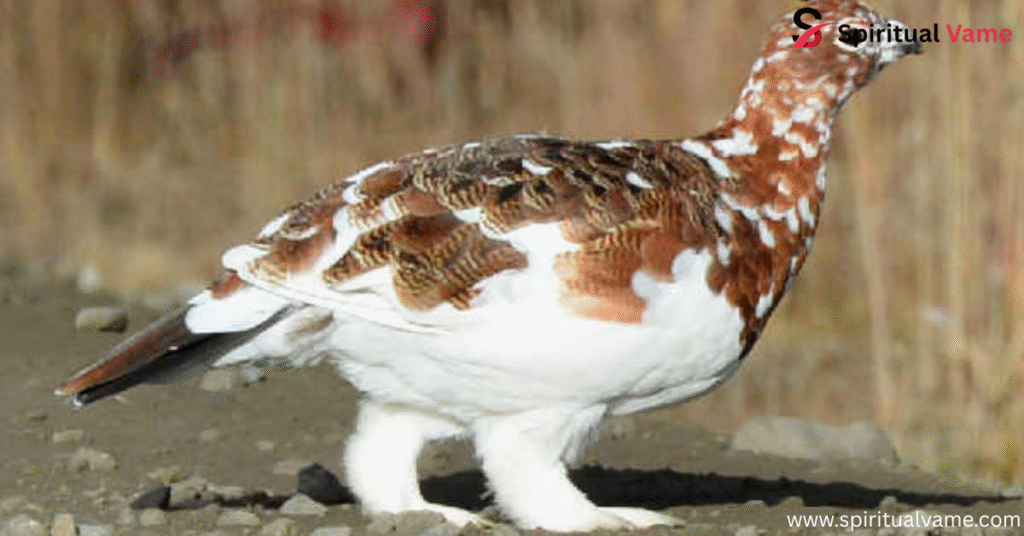
Similar to its Pacific counterpart, the American Golden Plover measures about 11 inches in length. They breed in the Arctic tundra and migrate through Alaska, showcasing a remarkable journey that spans continents.
13. Sanderling
The Sanderling is a small, white sandpiper, about 8 inches long. They are commonly seen darting along Alaska’s beaches, chasing waves in search of food, and are known for their energetic foraging behavior.
14. Baird’s Sandpiper
The Baird’s Sandpiper is a slender shorebird, measuring around 7 inches in length. They breed in the high Arctic and migrate through Alaska, often seen in tundra habitats during their journeys.
15. Buff-breasted Sandpiper
The Buff-breasted Sandpiper is a medium-sized shorebird, about 8 inches long. They are known for their distinctive buff-colored breast and are occasional visitors to Alaska during migration periods.
16. Killdeer
The Killdeer is a plover species, measuring approximately 10 inches in length. Recognizable by their double black chest bands, they are often found in open habitats across Alaska, including fields and shorelines.
17. Spotted Sandpiper
The Spotted Sandpiper is a small shorebird, about 7 inches long. During breeding season, they display distinctive spots on their underparts and are commonly seen along Alaska’s freshwater bodies.
18. Northern Hawk Owl
The Northern Hawk Owl is a medium-sized owl, measuring around 16 inches in length. With its long tail and hawk-like appearance, it is diurnal, hunting during the day in Alaska’s boreal forests and open areas.
19. Rock Sandpiper (White Winter Morph)
The Rock Sandpiper, in its white winter morph, is a hardy shorebird, about 9 inches long. They are among the few shorebirds that winter in Alaska, often seen along rocky coastlines and tidal zones.
Coolest Alaska Birds That You May See On a Birding Trip
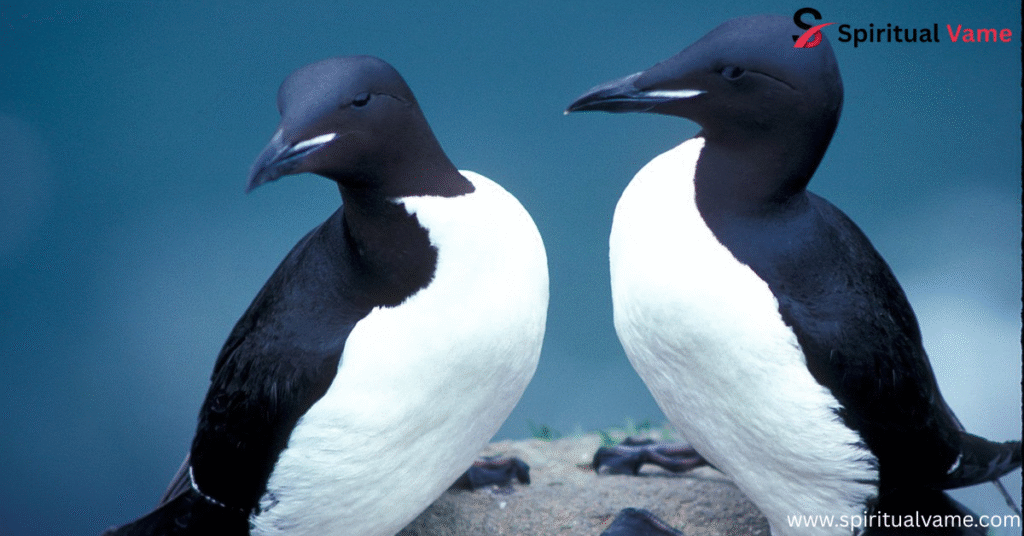
Alaska’s avian diversity isn’t limited to white birds; the state boasts a plethora of unique species that captivate birdwatchers and nature enthusiasts alike. The Willow Ptarmigan, with its seasonal plumage changes, remains a favorite, symbolizing the state’s wild spirit. The Bald Eagle, America’s national bird, is a common sight, soaring majestically over Alaska’s rivers and coastlines. The Trumpeter Swan, as previously mentioned, adds grace to the state’s wetlands with its impressive size and calls.
Puffins, with their colorful beaks and charismatic presence, nest along Alaska’s coastal cliffs, drawing photographers and birders during the breeding season. The King Eider, a striking sea duck, is often spotted in the state’s Arctic waters, showcasing vibrant plumage. The Spruce Grouse, a forest dweller, offers a more elusive challenge for birders, while the Common Loon, known for its haunting calls, graces Alaska’s lakes, adding to the state’s rich auditory landscape.
These species, among others, highlight the unparalleled birding opportunities Alaska offers, making it a premier destination for those seeking avian adventures in pristine natural settings.
Conclusion

